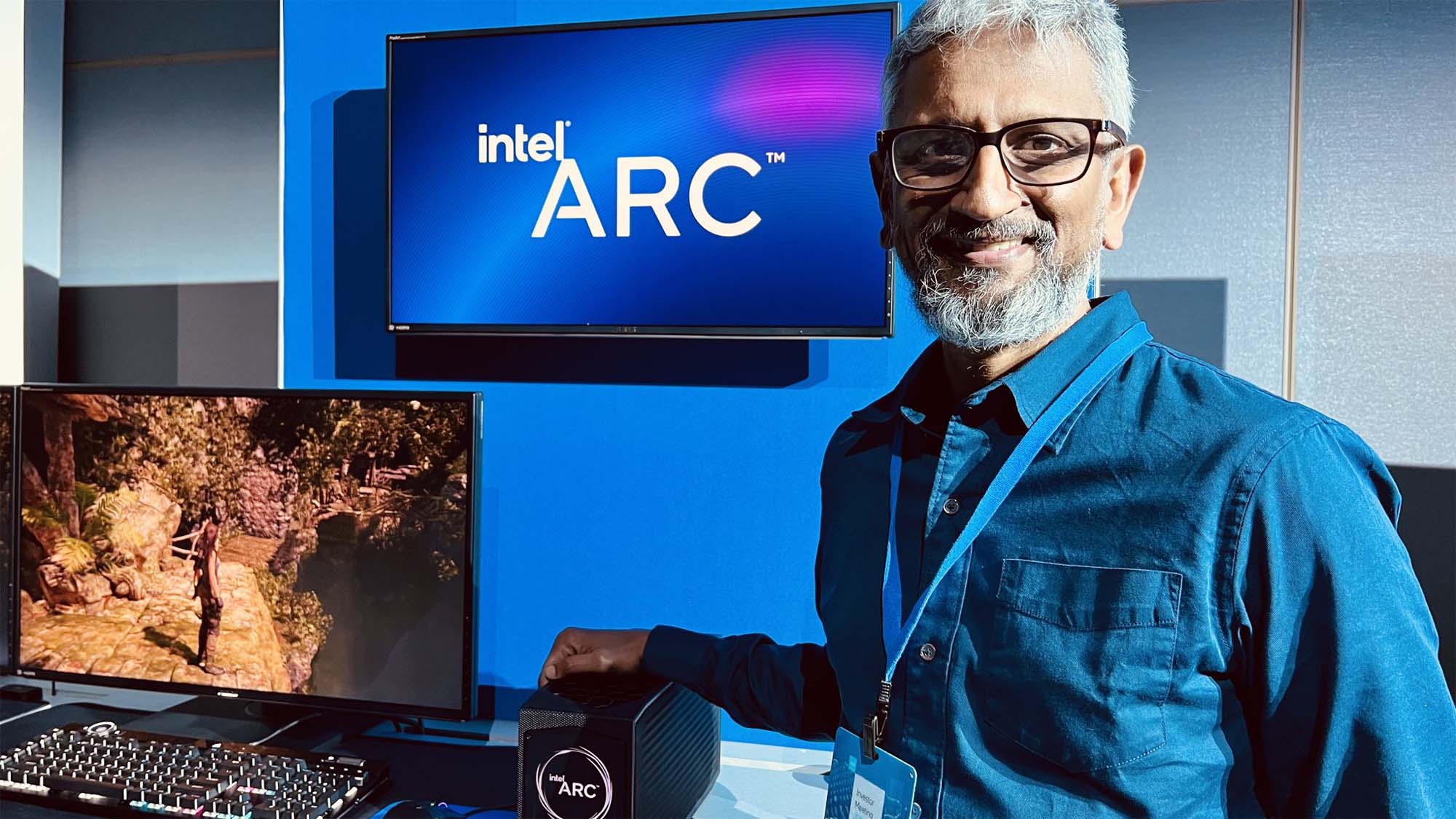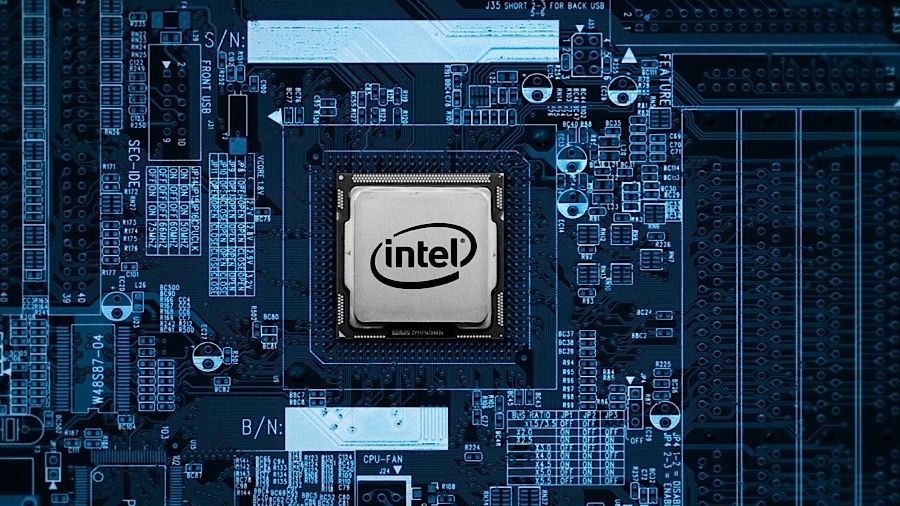Intel Raptor Lake rumors and what we want to see
Intel Raptor Lake is set to be the follow-up to Alder Lake, the architecture behind the Intel Core i9-12900K. And given that it’s following such a successful launch, all eyes will be on Intel to see if it can keep up the momentum – especially now that the Apple M1 Ultra is in play.
Intel hasn’t let too much leak about Raptor Lake, but we’ve heard a few little details that offer enough to get excited about. And the new chips may not be so far off, so we won’t be left waiting all that long to see what improvements Intel has in store for its next iteration of its big.LITTLE processor architecture.
Of course, we won’t really know anything about what Intel Raptor Lake processors will look like until Intel is ready to lift the veil. Until then, though, we’ll collect all the latest news and information and collect it here. So, be sure to keep this page bookmarked if you want to keep your eyes out for the next best processor.
Cut to the Chase
- What is it? Intel’s next processor architecture
- When is it out? Likely second half of 2022
- What will it cost? TBD
Intel Raptor Lake release date
There have been some hints that Raptor Lake could arrive as soon as Q3 2022, particularly a cryptic tweet from leaker @momomo_us.
😵🐟Q3🦖Q3November 15, 2021
Intel has a roughly annual cadence with the release of Intel Core processor generations, and Alder Lake debuted in November of 2021. This would make a Q3 launch seem a bit on the early side. Then again, Alder Lake did come out just 6 months after Rocket Lake in early 2021.
So, it’s totally possible that Intel will still hit an October launch date. And we’ve even seen rumors that Intel’s next processors could hit the market as early as August 2022. Either way, it doesn’t look like we’ll be waiting long for Intel’s next processors.

Intel Raptor Lake price
We haven’t heard much with regard to pricing for Raptor Lake, but we also haven’t seen any monumental shifts in the pricing of CPUs (setting aside the mark-ups they’ve received from resellers when stock was scarce).
With that in mind, we’d expect Intel Raptor Lake processors to continue Alder Lake’s pricing scheme, or something similar.. For example, the Intel Core i3-12100 sells for $139 in the US and its flagship Core i9-12900K goes for $619 with additional models filling in at various prices between those two.
However, the way that Intel pricing works is that it sets a suggested price and then just lets retailers and partners price the processors, which is the price you’ll actually see on store shelves. Ultimately, it’ll likely depend on what the PC components market looks like when the Intel Core i9-13900K (assuming that’s what it’ll be called) comes out. If things keep going like they are now, Intel’s next processors could be a bit more expensive.

Intel Raptor Lake specs
Raptor Lake should just be an iterative update to Alder Lake, continuing to come built on the Intel 7 (10nm Enhanced SuperFin) architecture, so we don’t expect any monumental changes between the two generations. But with some IPC (instructions per clock) gains, improved efficiency allowing for higher clock speeds, more cores on board, and other tweaks here and there, we could still be seeing chips that offer a healthy upgrade.
We have heard some rumors that suggest Intel’s planning Raptor Lake chips with up to 24 cores. That mystery chip has leaked multiple times and is expected to be the Intel Core i9-13900K. Remember that Intel is using a big.LITTLE architecture now, though, so those 24 cores are believed to be divided up into eight performance cores with hyperthreading and 16 efficiency cores with a single thread each, netting the chip a total of 32 threads.
The Intel Core i9-12900 offers a similar setup but with just eight efficiency cores, so this Core i9-13900K wouldn’t be bringing a huge leap in performance cores. While the performance cores are believe to have a new design (“Raptor Cove”), the efficiency cores are expected to be the same seen in Alder Lake (“Gracemont”)
AMD still has an advantage when it comes to efficiency, as even Intel’s Alder Lake chips are more power-hungry than Zen 3 processors. Though Alder Lake made improvements in this area, it may be Raptor Lake that pushes things further forward. The new architecture is rumored to decrease the power consumption of the CPU by 20% to 25% by using a DLVR (digital linear voltage regulator) that would lower voltage used by the CPU. That improved efficiency could turn around and deliver a 7% increase in performance.
Intel may also be planning some big cache bumps for its next generation of processors. A leak from @OneRaichu on Twitter suggested there would be some Raptor Lake chips boasting a 68MB of total L2 and L3 cache. That’d be great news for gamers, as we’ve seen AMD make heavy use of large cache allocations on its Ryzen processors to deliver consistent performance. Alder Lake chips are already quite impressive, yet top out at 44MB of cache, so an increase of over 50% is nothing to overlook.
As far as platform goes, we’ve heard the Raptor Lake processors will continue using the LGA1700 socket introduced with Alder Lake, and filings with the SATA-IO industry standards committee suggest Raptor Lake chips will even be compatible with the 600-series chipsets on the motherboards made for Alder Lake, Tom’s Hardware reports. Alder Lake introduced support for PCIe 5.0 and DDR5 memory while maintaining compatibility with DDR4. It’s unlikely Raptor Lake could leap even further ahead to PCIe 6.0 as few products have even begun to take advantage of PCIe 4.0. We can expect some increases in the DDR5 and LPDDR5 speeds supported by Rocket Lake, though, and tech analyst Moore’s Law Is Dead suggests Raptor Lake will maintain backward compatibility with DDR4, which should help weather DDR5’s painfully high prices.
- Here are the best graphics cards you can buy
from TechRadar - All the latest technology news https://ift.tt/mOJ9wcS
No comments